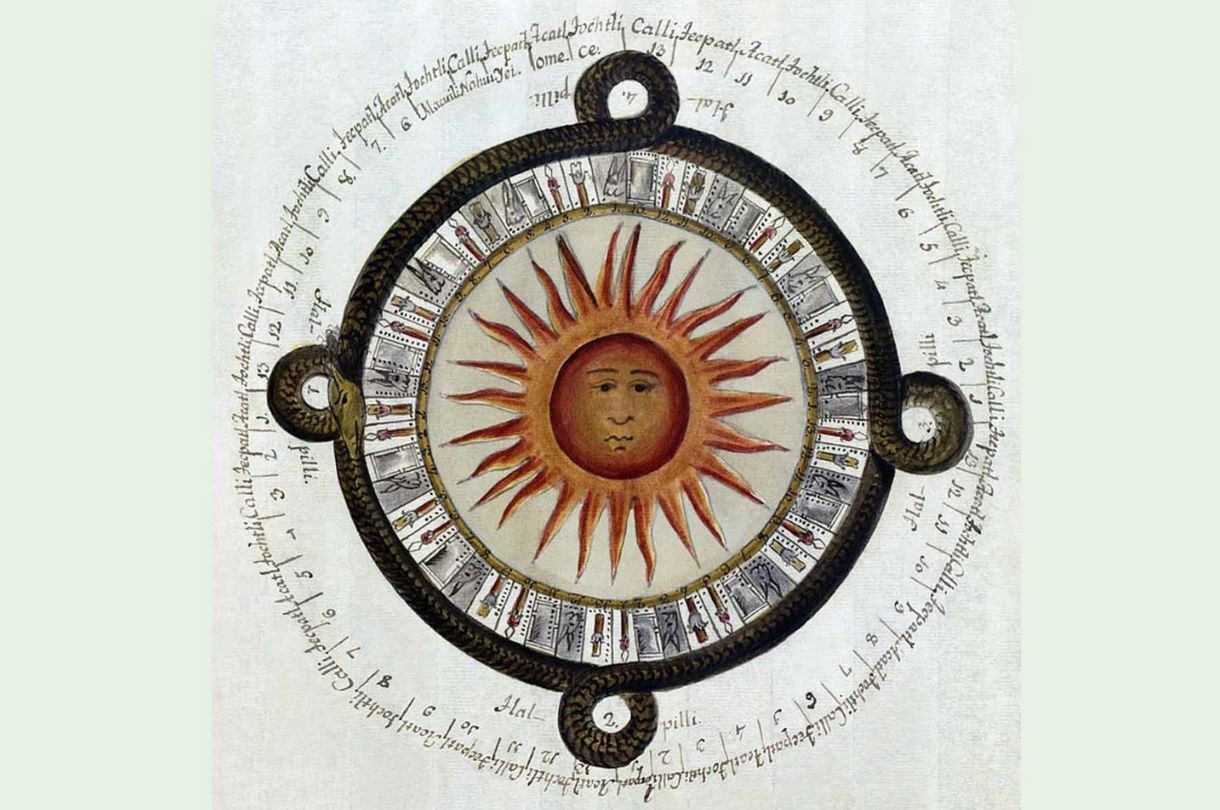Why Is The Ethiopian Calendar Stuck In The Past?

Ever wondered why Ethiopia seems to be living in the past? The answer lies in the Ethiopian calendar, which is about seven to eight years behind the Gregorian calendar used by most of the world. This unique system has its roots in ancient traditions and religious beliefs. Unlike the Gregorian calendar, which has 12 months of varying lengths, the Ethiopian calendar consists of 13 months—12 of them with 30 days each and a 13th month with five or six days, depending on whether it's a leap year. This fascinating timekeeping method offers a glimpse into Ethiopia's rich cultural heritage.
Understanding the Ethiopian Calendar
The Ethiopian calendar is a fascinating topic. Unlike the Gregorian calendar used by most of the world, Ethiopia's calendar seems to be stuck in the past. This unique system has its roots in ancient traditions and religious beliefs. Let's explore why this calendar is different and what makes it so special.
The Basics of the Ethiopian Calendar
The Ethiopian calendar has 13 months. Twelve of these months have 30 days each, while the 13th month, Pagumē, has five or six days depending on whether it's a leap year. This structure is quite different from the Gregorian calendar, which has months ranging from 28 to 31 days.
The Year Difference
One of the most intriguing aspects of the Ethiopian calendar is that it is about seven to eight years behind the Gregorian calendar. This difference stems from an alternative calculation of the Annunciation of Jesus Christ. While the Gregorian calendar marks this event in 1 AD, the Ethiopian calendar places it in 8 AD.
Religious Influence
Religion plays a significant role in the Ethiopian calendar. The Ethiopian Orthodox Church follows this calendar closely, and many of its holidays and events are based on it. This religious adherence helps maintain the calendar's use and importance in Ethiopian society.
Historical Roots
The Ethiopian calendar's roots can be traced back to the ancient Coptic calendar. Both calendars share similarities, such as the 13-month structure. The Ethiopian calendar, however, has evolved to include unique elements that reflect the country's culture and history.
Cultural Significance
The Ethiopian calendar is more than just a way to mark time. It is deeply embedded in the culture and daily life of Ethiopians. Festivals, agricultural activities, and even school schedules are planned according to this calendar. This cultural significance helps keep the calendar relevant and widely used.
Modern-Day Usage
Despite the global dominance of the Gregorian calendar, the Ethiopian calendar remains in use for many official and personal purposes. Government documents, newspapers, and even birth certificates often use the Ethiopian calendar. This continued usage highlights its enduring importance in Ethiopian society.
Unique New Year Celebration
Ethiopia celebrates its New Year, known as Enkutatash, on September 11th (or 12th in a leap year). This celebration marks the end of the rainy season and the beginning of the harvest season. It is a time of joy, feasting, and cultural festivities, showcasing the calendar's role in Ethiopian life.
Conclusion
The Ethiopian calendar's unique structure, historical roots, and cultural significance make it a fascinating subject. Its continued use in modern-day Ethiopia highlights the country's rich traditions and the enduring importance of this ancient system.
The Unique Charm of the Ethiopian Calendar
The Ethiopian calendar stands out with its unique structure and rich history. Rooted in ancient traditions, it offers a different perspective on time. This calendar has 13 months, with 12 months of 30 days each and a 13th month of 5 or 6 days. It also runs about seven to eight years behind the Gregorian calendar. This difference stems from the Ethiopian Orthodox Church's calculation of the birth of Jesus Christ.
Experiencing Ethiopia means embracing this distinct way of marking time. It adds a layer of cultural depth to any visit. Whether you're exploring ancient churches, enjoying local festivals, or just chatting with locals, understanding their calendar enriches your experience. So next time you think about time, remember the Ethiopian calendar and its fascinating journey through history.

